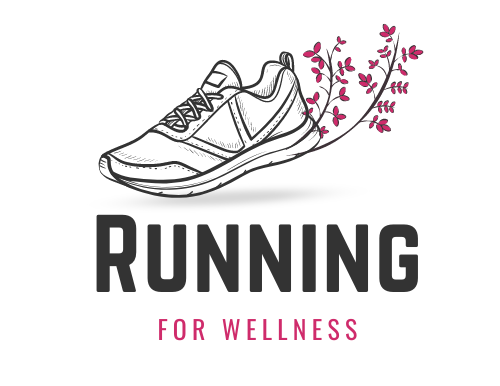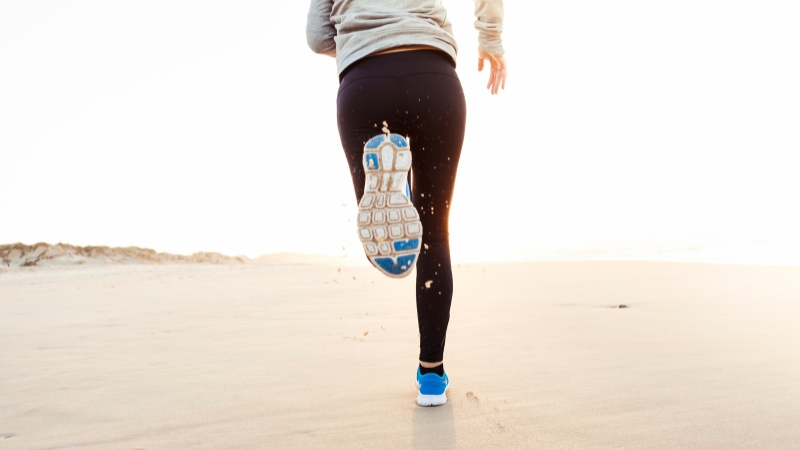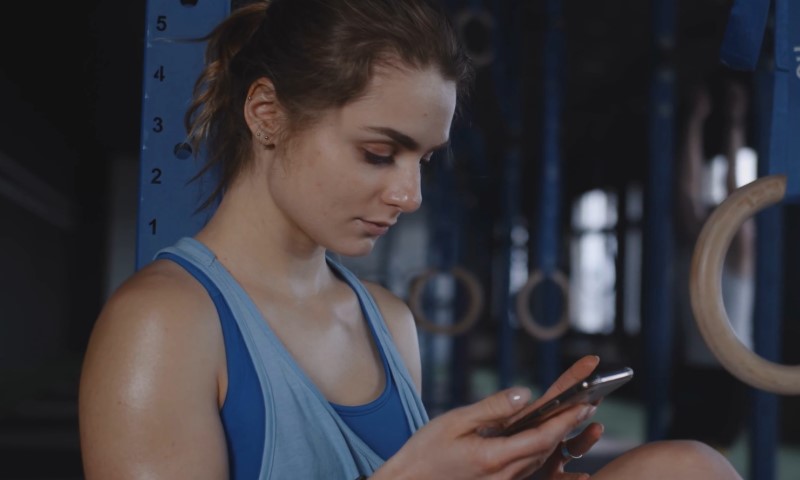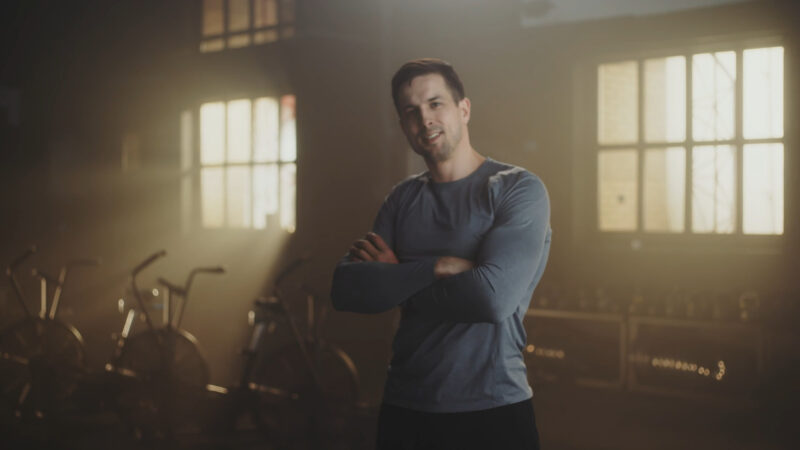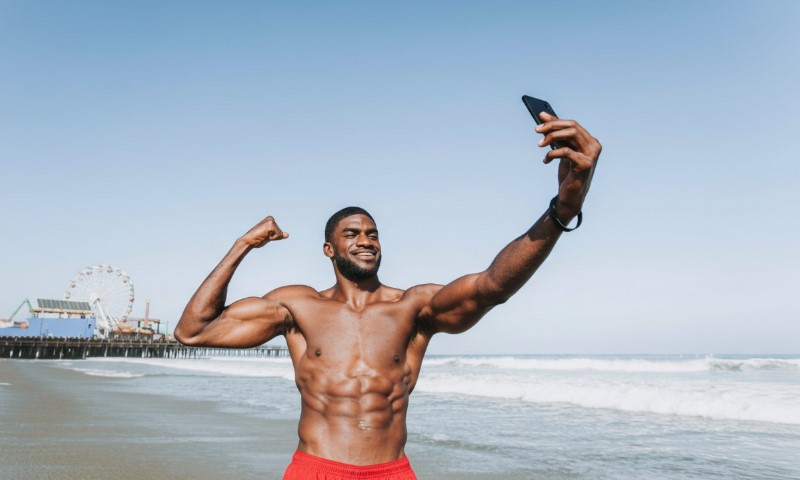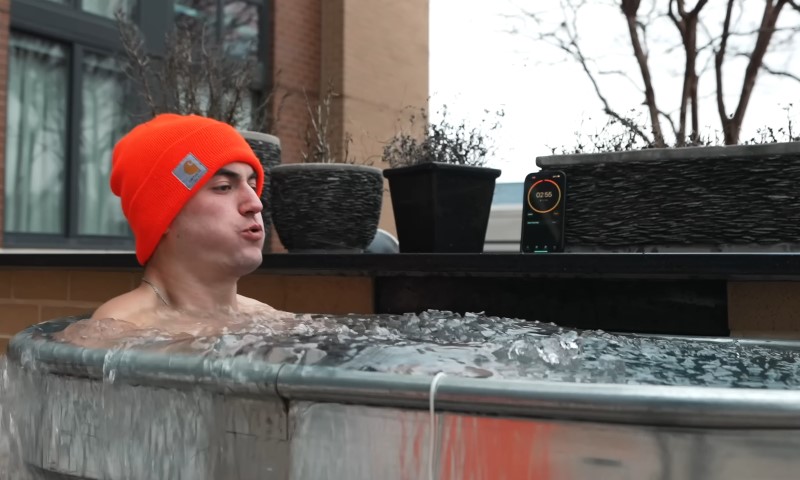Let’s cut to the chase: yes, you can run with tight hip flexors, if you’re smart about it. The key? You’ve got to work with your body, not against it.
It’s not about pushing through pain or stretching ‘til you’re blue in the face. It’s about making smart adjustments to your warm-up, your form, and what you’re doing when you’re not running.
Tight hip flexors are common, especially if you sit a lot, run a lot, or just exist in this century. But they don’t have to stop you from enjoying your miles. You just need to be a bit more intentional about how you approach things.
Let’s talk real-life, practical ways to run without making your hips even grumpier. And yeah, there’s a way to keep logging miles without wrecking your posture or setting yourself up for a sidelining injury.
What Happens When Your Hip Flexors Are Tight?
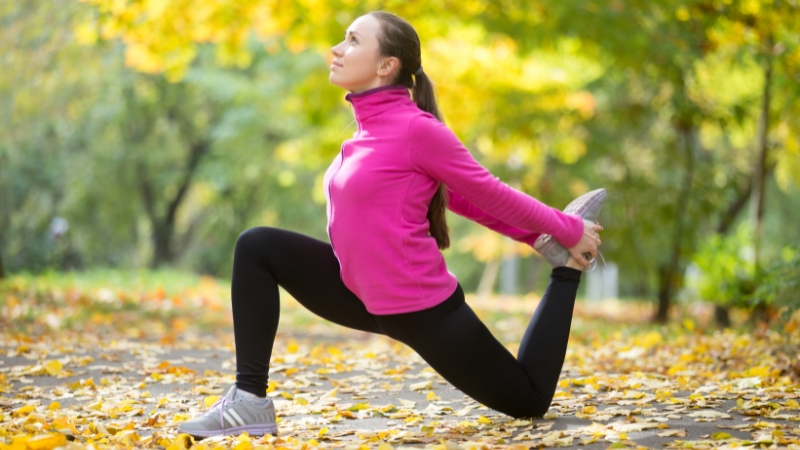
First, a little quick context. Your hip flexors are a group of muscles that connect your lower spine and pelvis to your thigh bones.
The big names here are the psoas, iliacus, and rectus femoris. These muscles let you lift your knees, bend at the waist, and basically run without flopping over.
When they’re tight, like, chronically tight, your pelvis gets pulled forward into an anterior tilt. That messes with your posture, throws off your gait, and can quietly sabotage your stride.
If your form is off for long enough, that tightness can creep into your knees, back, and even your ankles.
So, yes, tight hip flexors are kind of a big deal. But no, you don’t need to put your shoes in storage just yet.
When Running Is OK
There’s a difference between tight muscles and an actual injury. If your hips just feel stiff but you’re not dealing with stabbing pain, tingling, or a total inability to lift your legs, you’re probably still in the safe zone for running — cautiously.
Here’s the quick test:
If you’re nodding yes, you can run — but it’s time to rework your habits, big time.
Key Rule: Warm Up Like You Mean It
Running with tight hip flexors is like taking a road trip with bald tires; you can, but it’s not gonna be smooth unless you prep right. The warm-up matters even more than the run itself here.
Forget static stretches before you hit the pavement. That’s not helping.
Instead, go for a dynamic warm-up that actually gets your hips and glutes talking to each other.
Try This 5-Minute Pre-Run Warm-Up
- Leg swings — 10 forward/back and 10 side-to-side per leg
- Glute bridges — 10 slow and controlled reps
- Walking lunges — 10 per leg (don’t rush em)
- Knee hugs to calf raises — alternate each leg for 30 seconds
- Hip circles — standing or on all fours, 10 each direction
You’re telling your hips: “Heads up, we’re gonna move today — no surprises.”
Rework Your Running Form
Now let’s talk about what’s going on when you’re out there moving.
If your hip flexors are tight, there’s a good chance you’re overstriding — meaning your foot is landing too far in front of your body. That forces your hips to work harder to pull your leg through and actually adds stress where you’re already tight.
Here’s what to tweak mid-run:
Adjustment
What to Do
Why It Helps
Shorten your stride
Land with your foot under your center of gravity
Reduces overstriding, eases hip strain
Increase your cadence
Aim for ~170–180 steps per minute
Lowers impact, improves efficiency
Engage your glutes
Focus on pushing off behind you
Offloads hip flexors, promotes better form
Check your posture
Keep your torso tall and ribcage stacked over your hips
Prevents extra tension in the hips and lower back
Give Your Glutes Some Love
A lot of runners with tight hip flexors are walking around with glutes that are asleep at the wheel. If your backside isn’t pulling its weight, your hip flexors have to step in and pick up the slack.
That’s a recipe for tightness, and it’s super common, especially in people who sit at desks all day and then expect their hips to suddenly fire like pistons.
Here’s a weekly glute activation mini-routine you can do 2–3 times a week:
Exercise
Reps
Notes
Clamshells
15/side
Use a band if possible
Fire hydrants
15/side
Keep the core braced
Glute bridges
20
Pause at the top
Banded lateral walks
10 steps each direction
Stay low
Single-leg glute bridge
10/side
Go slow
This isn’t just a “nice to do” — it’s a must. Strong glutes take the load off your hip flexors, helping you move more efficiently and with less tension.
Take Stretching Off the Pedestal
Let’s get real for a sec: stretching alone isn’t going to fix tight hip flexors. Not even if you do it every day while watching Netflix.
Stretching can help, but only if you’re also:
When you do stretch, focus on movements that hit the psoas and rectus femoris and save them for after your run, when your muscles are warm and more receptive.
Post-Run Hip Flexor Stretches
Stretch
Setup
Key Cues
Hold Time
Half-Kneeling Stretch
One foot forward, back knee on the ground
Tuck pelvis under, feel stretch in front of the hip; raise the same-side arm and lean slightly away
30 seconds per side
Standing Quad Stretch
Stand tall, grab your ankle behind you
Squeeze your glutes, keep your hips level, don’t arch your back
30 seconds per side
Skip the bouncing. Skip the forcing. Let the stretch happen gradually. And breathe — seriously. You’re not defusing a bomb, you’re just helping your hips chill out. Treat it like a reset, not a punishment.
Recovery Moves That Actually Work
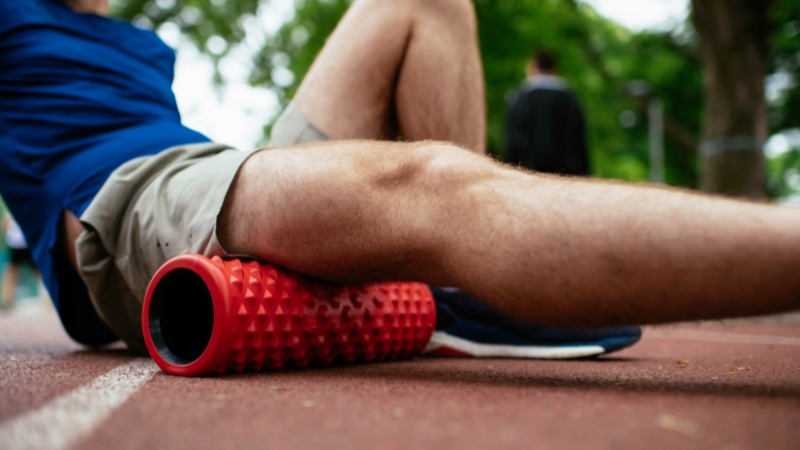
Your hips don’t just need stretching, they need movement and recovery. Passive recovery (like sitting still) doesn’t do much to help.
Here are some recovery tools that help loosen things up:
- Foam rolling your quads and TFL – Roll slowly, find tender spots, pause, and breathe. Don’t rush it.
- Massage balls for your psoas area – Lie face down with a small ball near your hip bones (not on the bone). Let gravity do the work. Careful here — it’s sensitive.
- Active recovery days – Walk, bike casually, or do yoga with a focus on hip mobility.
- Contrast showers or Epsom salt baths – Old-school, but still solid. Helps circulation and can ease that post-run tightness.
What to Avoid (If You Don’t Want Things to Get Worse)
A few common habits can quietly make things worse if you’re not paying attention.
Watch out for:
- Overstriding, again — Yes, it’s worth repeating.
- Skipping warm-ups — Even if you’re just running a few miles.
- Sitting for hours post-run — Try walking around for 5–10 minutes after you get back, before plopping down.
- Doing aggressive hip stretches before running — They can throw off your natural movement patterns.
- Neglecting your glutes — They’re your secret weapon.
Tight hip flexors can go from annoying to painful real quick if you keep poking the bear. So don’t.
Final Word
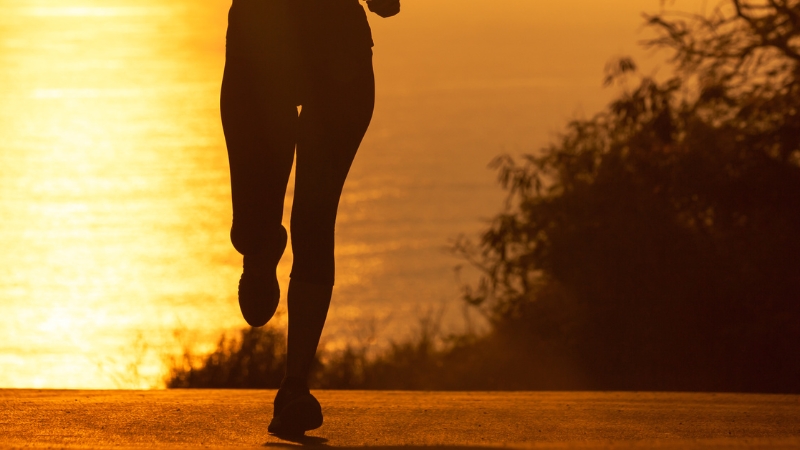
Look — you can keep running. You don’t need to scrap your training plan or give up weekend 5Ks. But you do need to tweak your habits if you want to keep running long-term without nagging hip issues.
Your hips aren’t broken. They’re just cranky. And if you listen to them — really pay attention — they’ll start to chill out.
Related Posts:
- Top 400 Hilarious Gym Quotes to Keep You Motivated
- Half Marathon Training Plan for Beginners - Simple…
- 25 Simple Running Motivation Tips To Get You Moving
- 80 Best Motivational Cross Country Running Quotes 2025
- How Long Does It Take to Train for a Half Marathon?
- How Far Is a Half Marathon? Everything You Need to Know
